This is a blog version of a Facebook posting.

Stanly County history hit. The Albemarle Rescue and First Aid Company was using this truck in February 1953, reported the Stanley News and Press on February 27. The new truck had “already answered several calls” after having “just received the final touches, as far as equipment was concerned.”
The truck was purchased as a result of a Lions Club project, with help from other civic groups. It’s kept at the main fire station was available for emergency or rescue work anywhere in the county. The squad members were to be trained in classes starting Monday night.
Looking at other articles from the period, the idea of a local rescue squad was reported in September 1950, as local civilian defense initiatives were outlined after the county established several CD committees. Albemarle Fire Chief C. E. Morris had the responsibility of organizing and training a rescue squad. [SNP, 9/29/50]
The following month, news reported that a movement had started among the Albemarle Lions Club to establish a “fully-equipped rescue squad” for the city and county. They would start raising money. [SNP, 10/20/50] By the next month, numerous donated supplies had been procured, from first aid equipment to a resuscitator to a cutting torch to a Scott Air-Pak. [SNP, 11/28/50]
By November of the following year, they were raising money to buy a truck, for the planned rescue squad. And they already had a large amount of donated equipment. [SNP, 11/23/51]
By February 1, 1952, a Ford panel truck had been ordered from the Auten-Wolfe Motor Company, for their bid price of $2,44.31. The truck was purchased with money raised by the Lions Club. The city fire chief was still leading the effort to organize the squad. The truck was expected to be delivered in about 60 days. [SNP, 2/1/52]
By June 20, 1952, the rescue truck was reported as “almost completely equipped” and “would answer an emergency call if one arose.” However, a few items were still needed, including a generator and a siren. A boat had been ordered and a trailer would be built for transporting same. Cabinets had been constructed inside the van and most of the equipment was already in place. [SNP, 6/20/52]
Also called a “Ford Vanette,” the unit was housed at the fire department and AFD’s only rescue truck until late 1957 or early 1958. At that time, the Albemarle Rescue Squad was re-organized as Stanly County Rescue Squad. The truck was disposed to the new organization and painted white.
In 1973, a new rescue truck was purchased and the 1952 van became the squad’s second unit. After newer rescue truck was purchased in 1981, the squad moved to donate the vehicle to serve local residents. In 1982, it was donated to the city parks and recreation department and was used as a maintenance van. In 1989, the van was traded to Confederate Chevrolet and later sold to a pair of private owners.
In 1990, the van was purchased from Ron Childers’ Crown Automobile, by Joyce Hill, owner and operator of the mobile mechanic service Travelube. The van was brought back to Albemarle, painted yellow, re-lettered, and returned to “tip-top shape.”
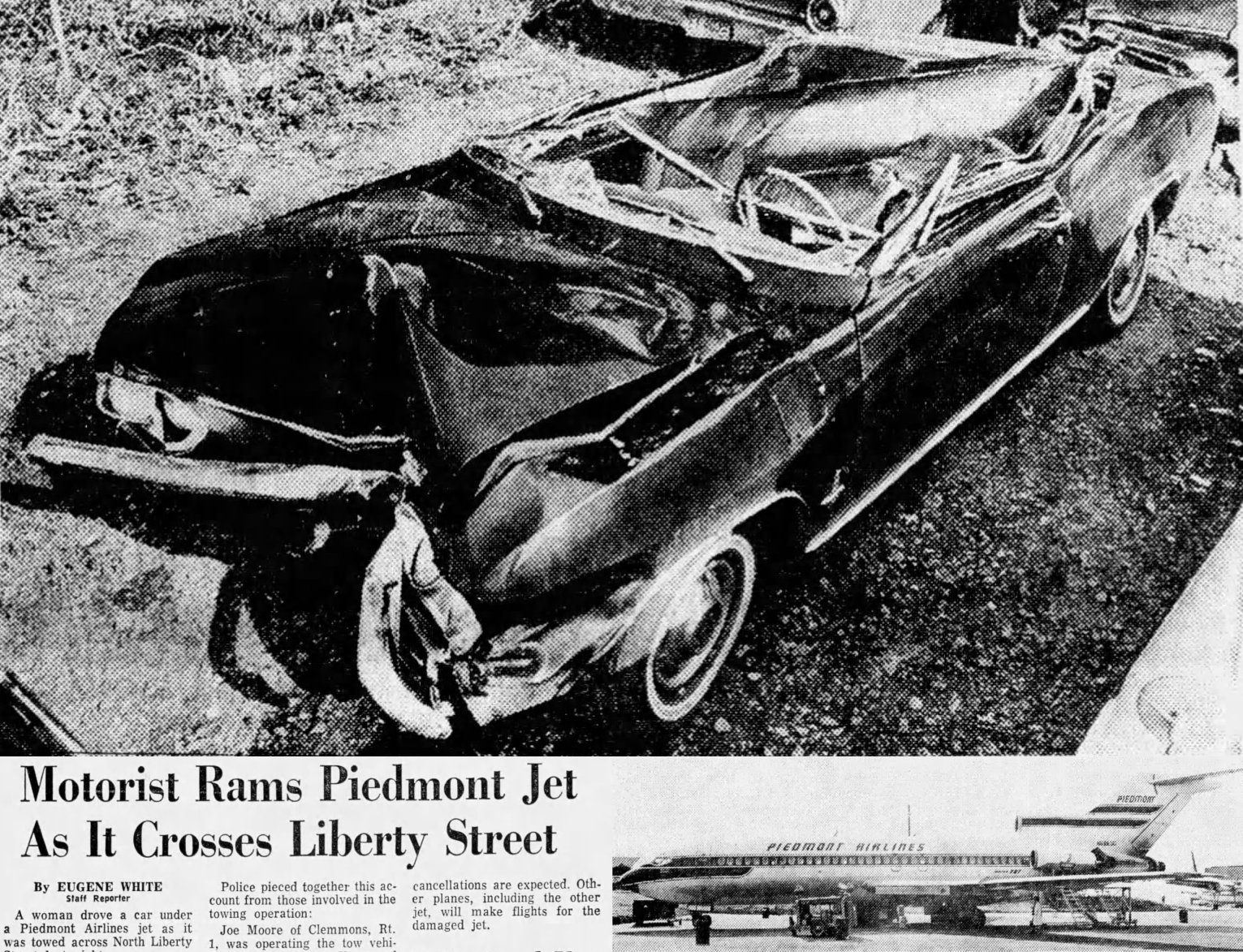
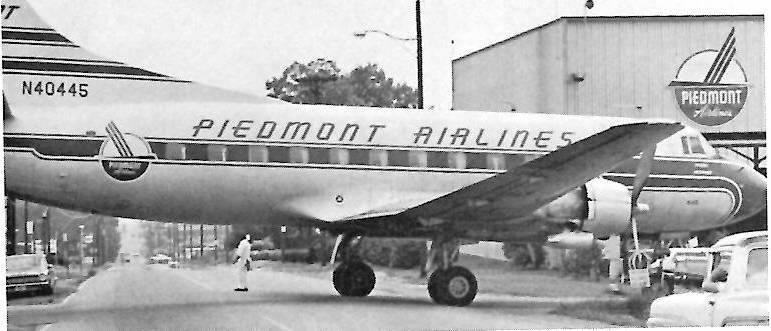
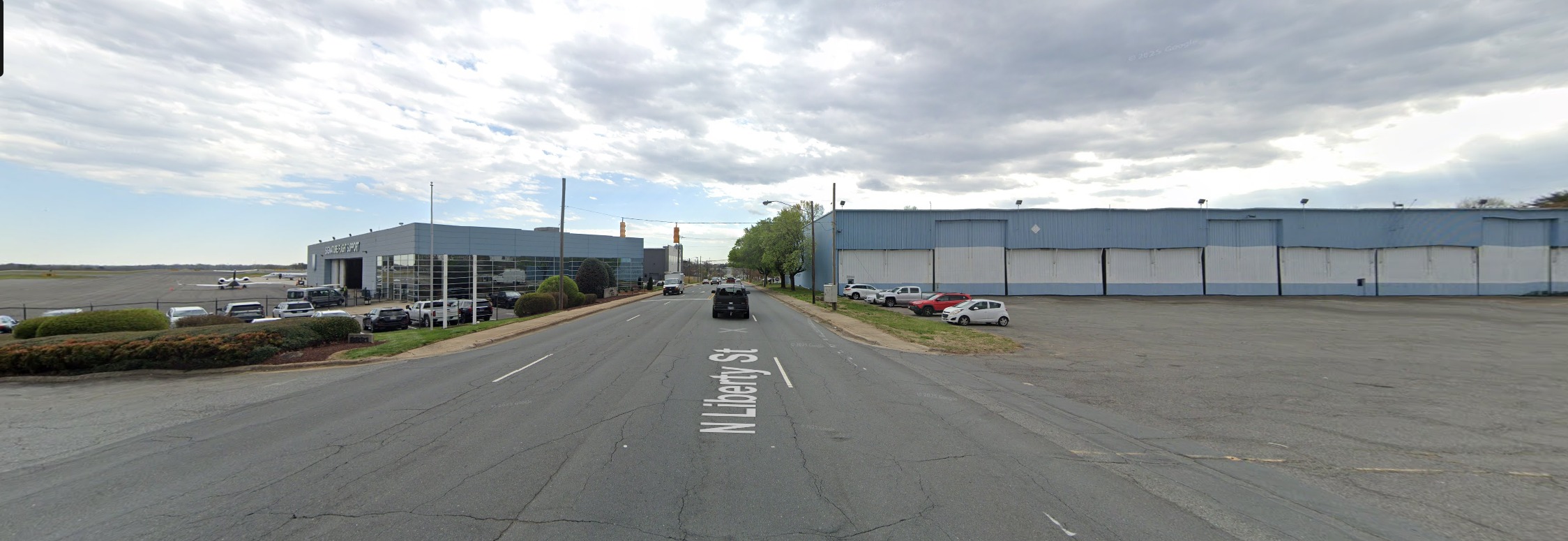
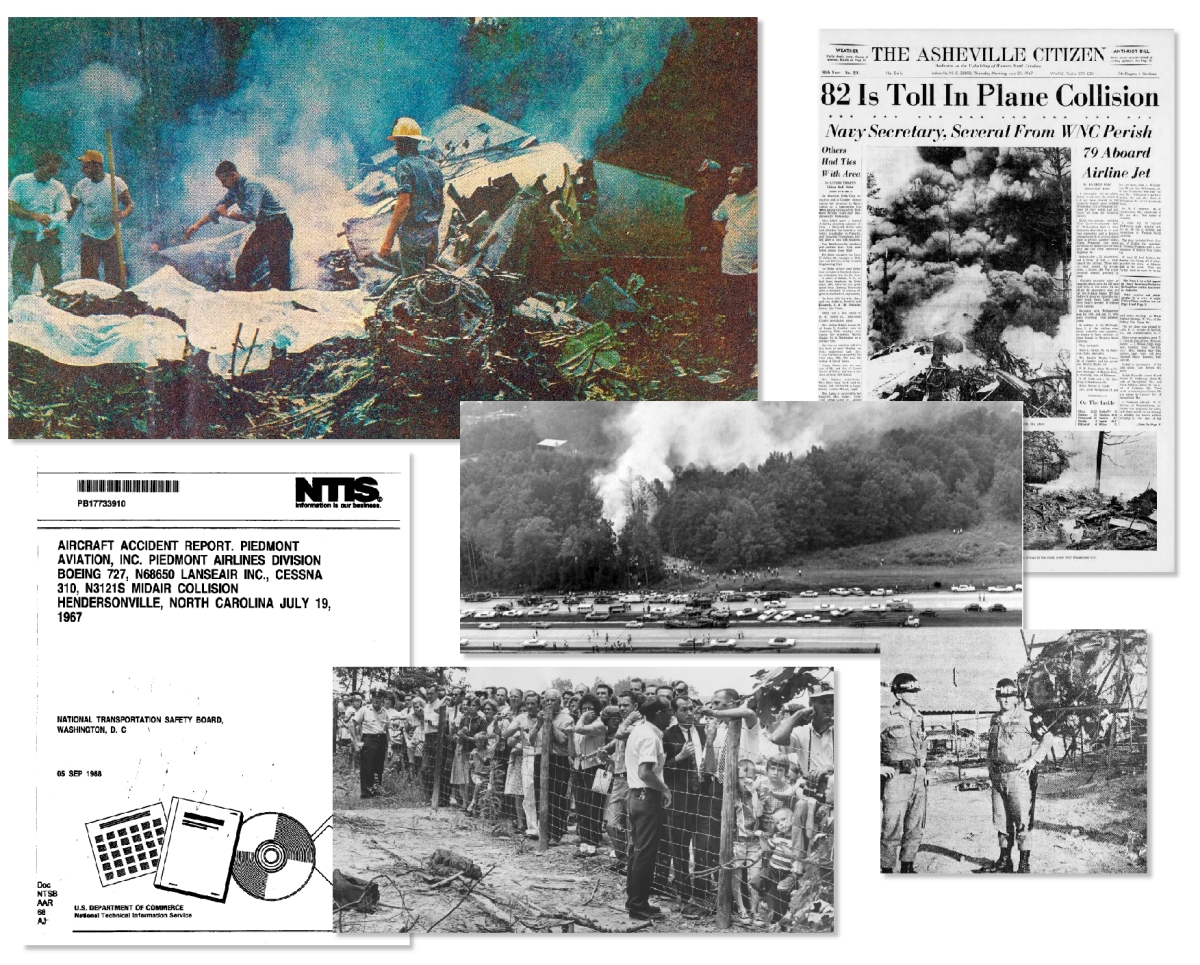
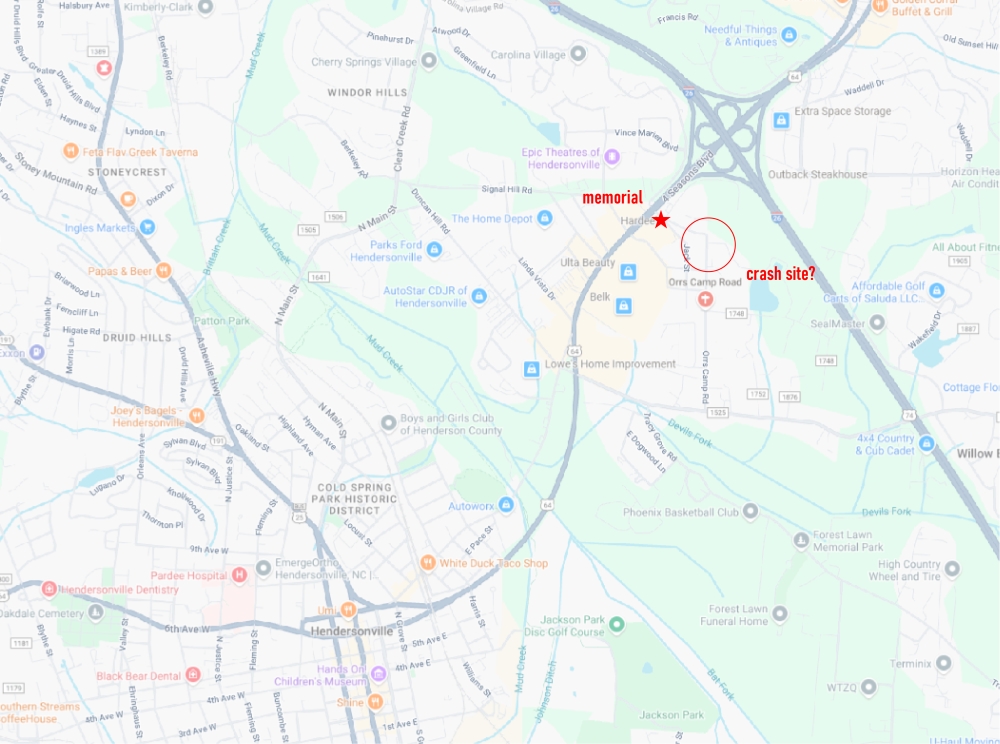

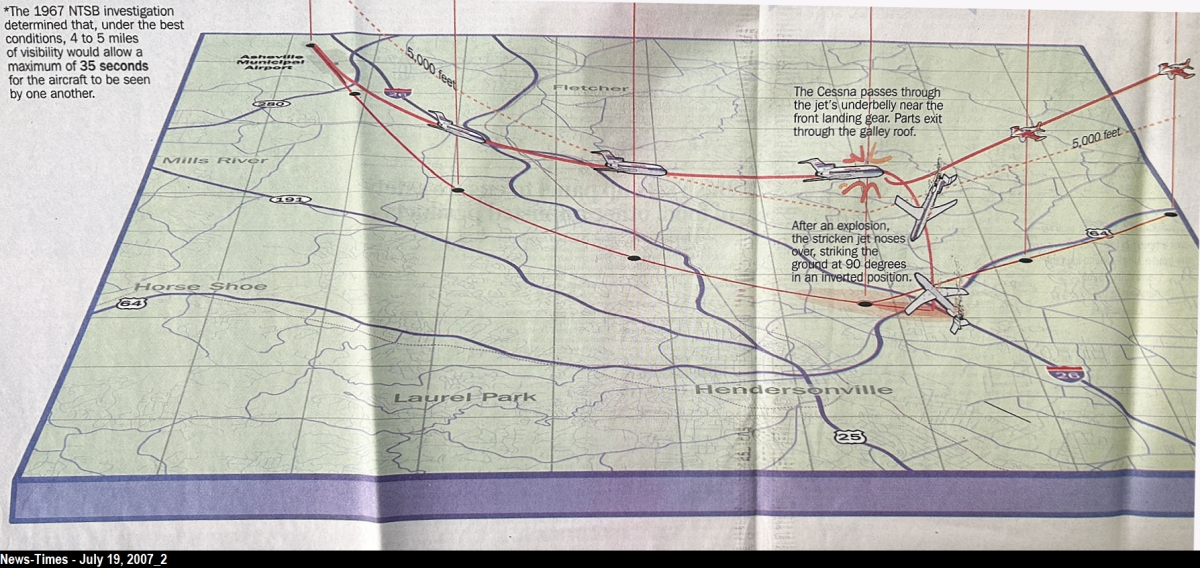
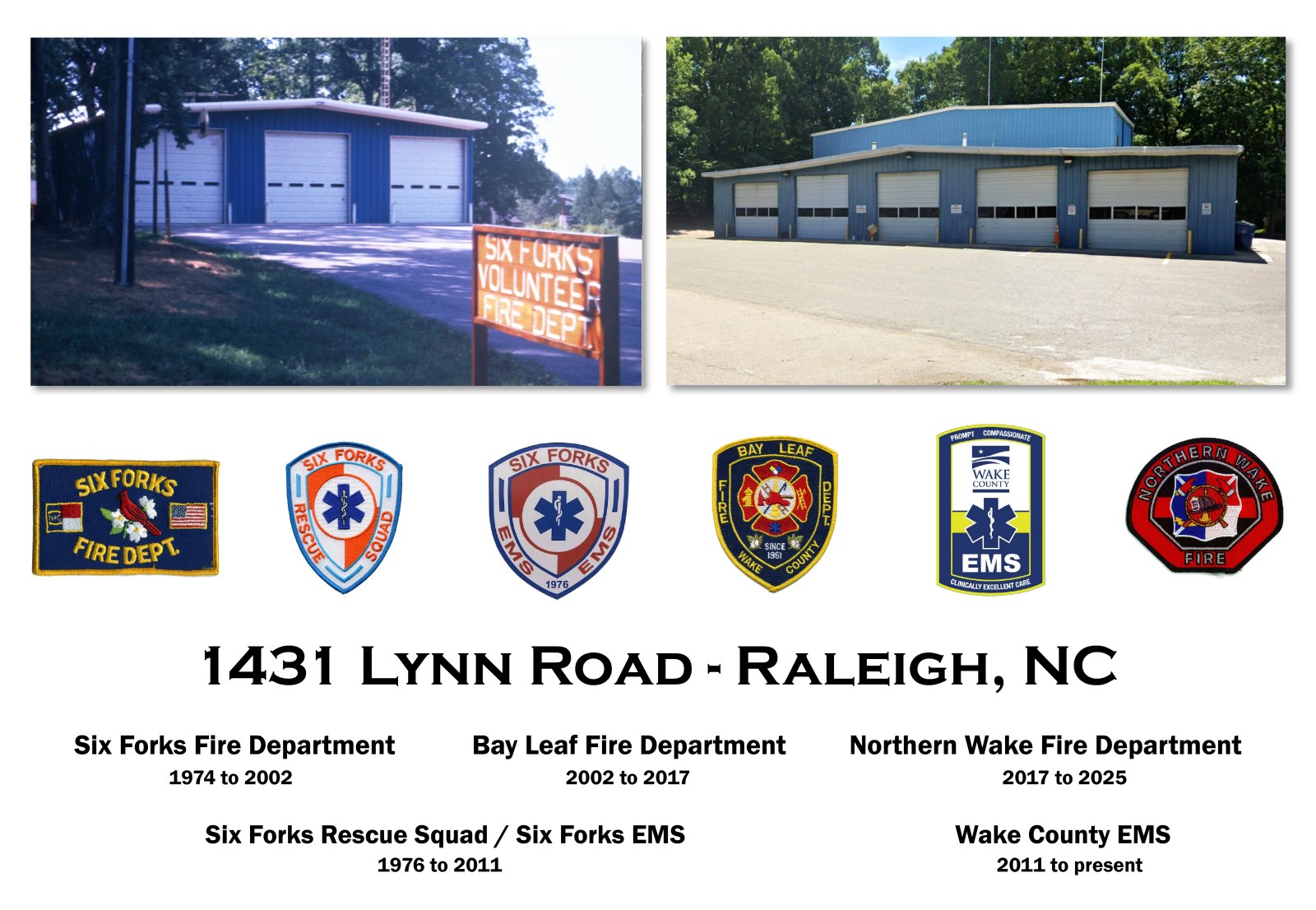
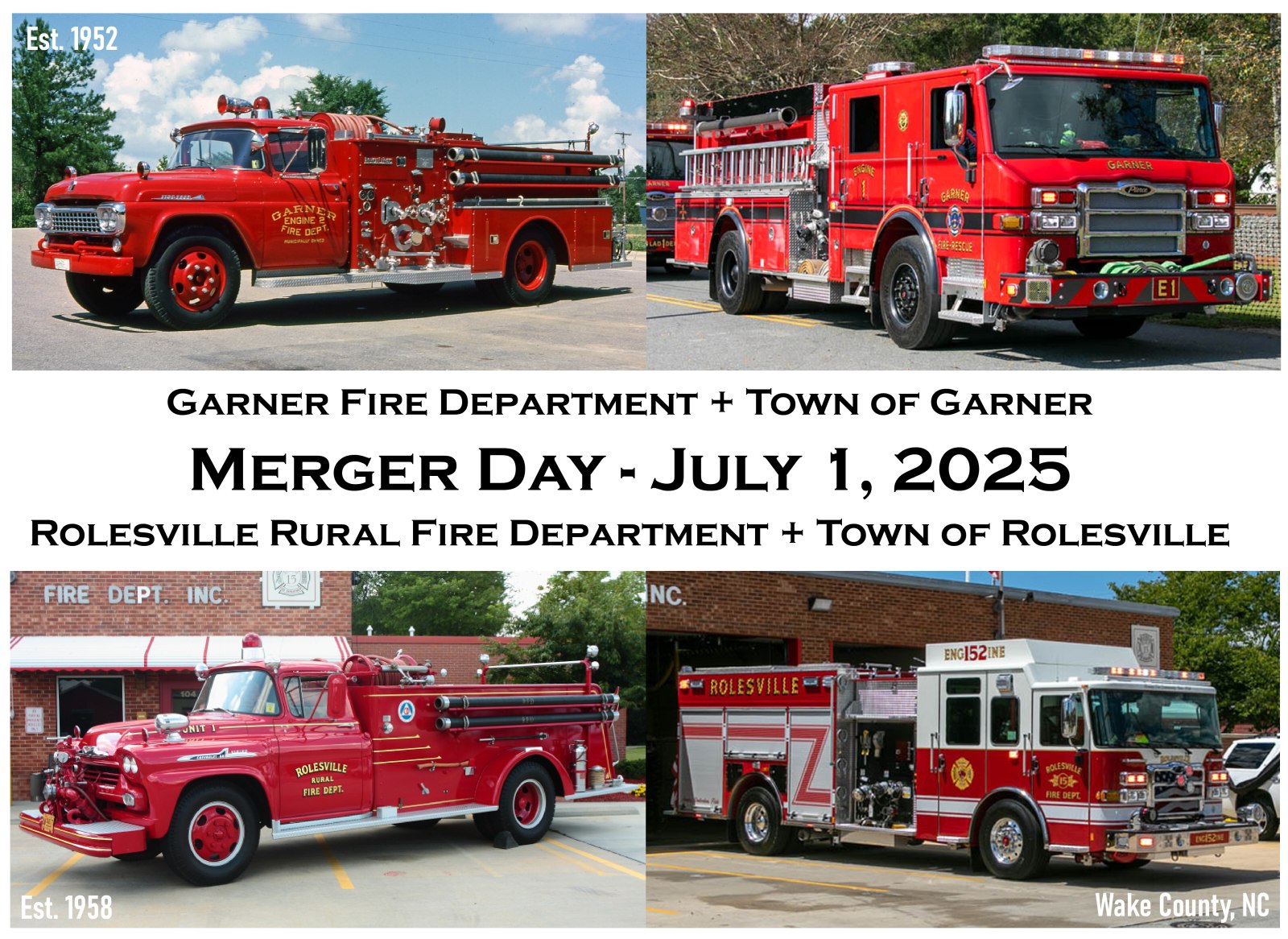
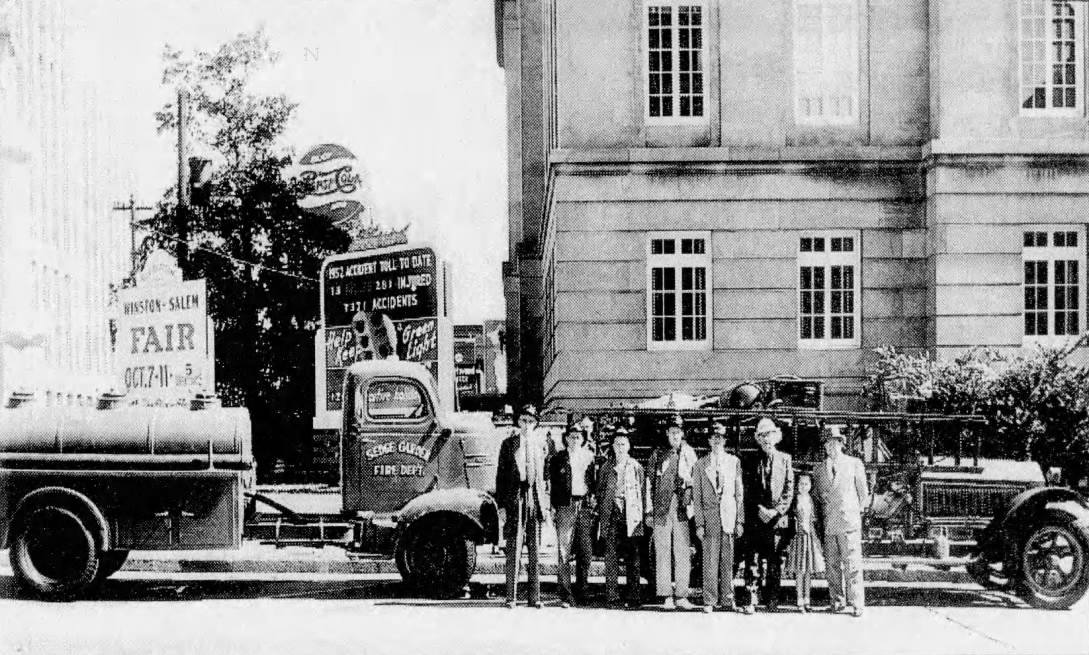
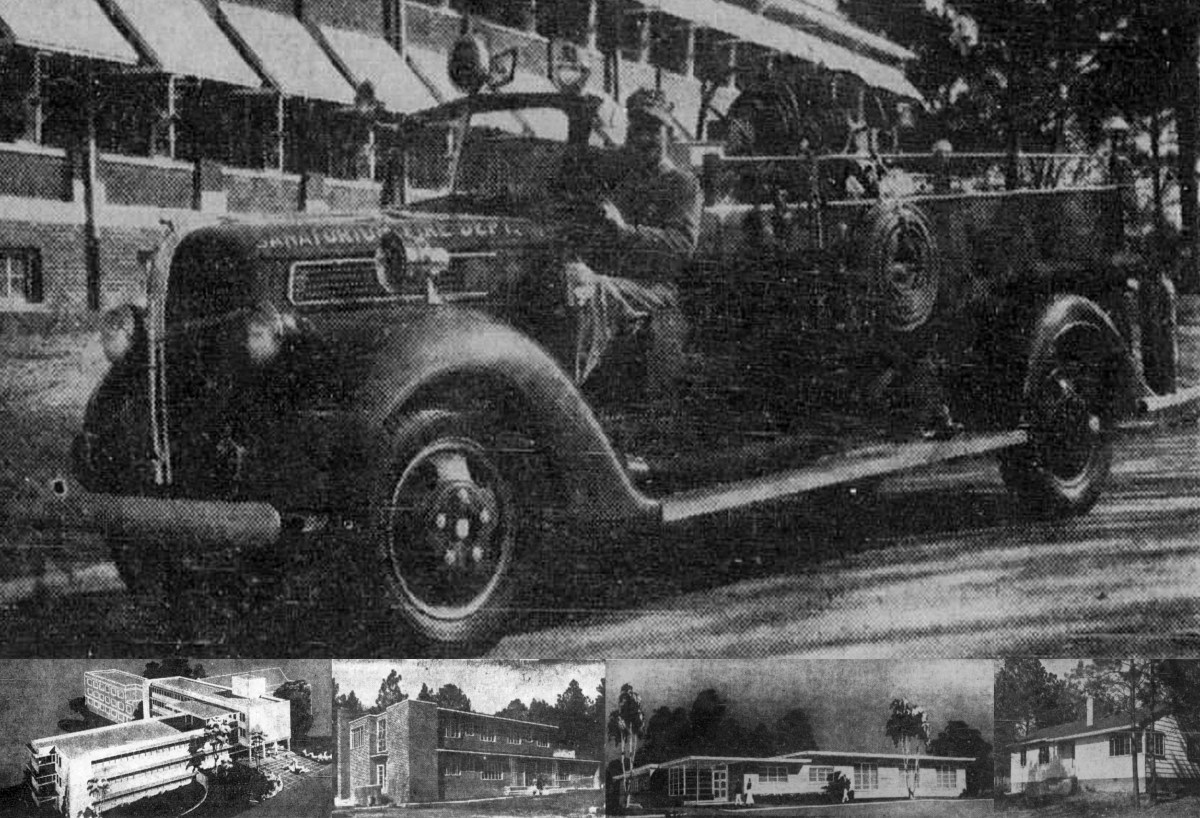
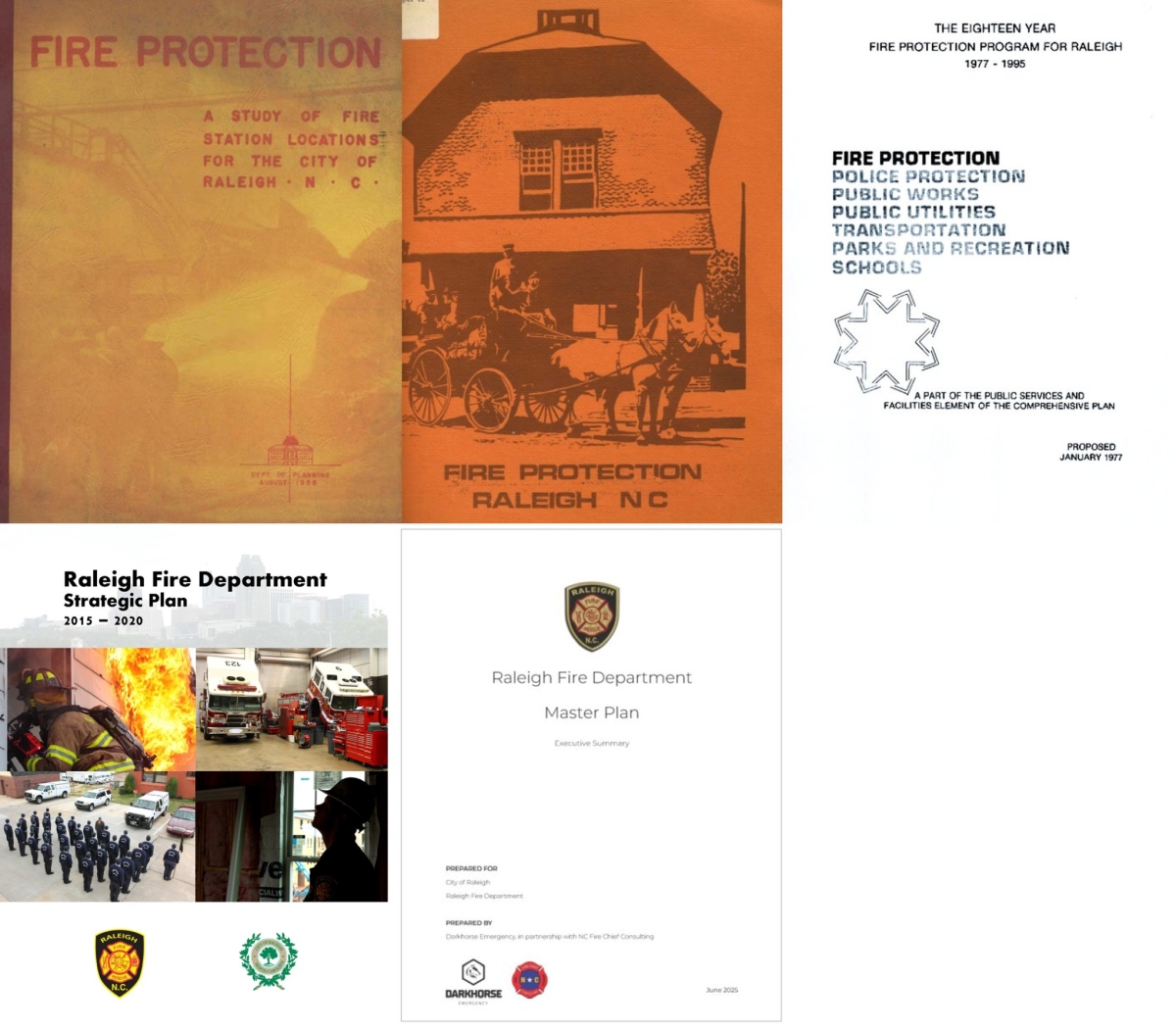
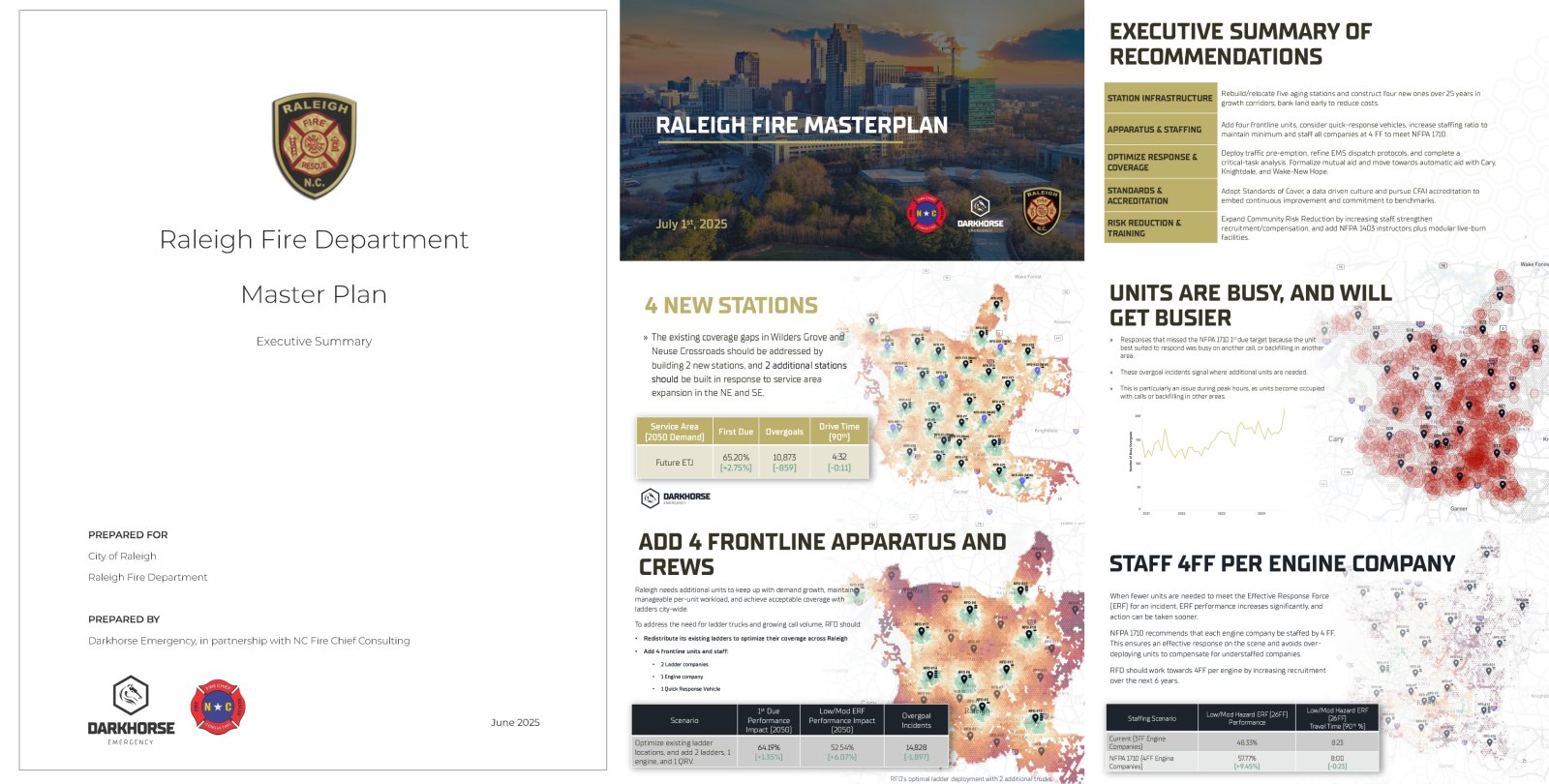
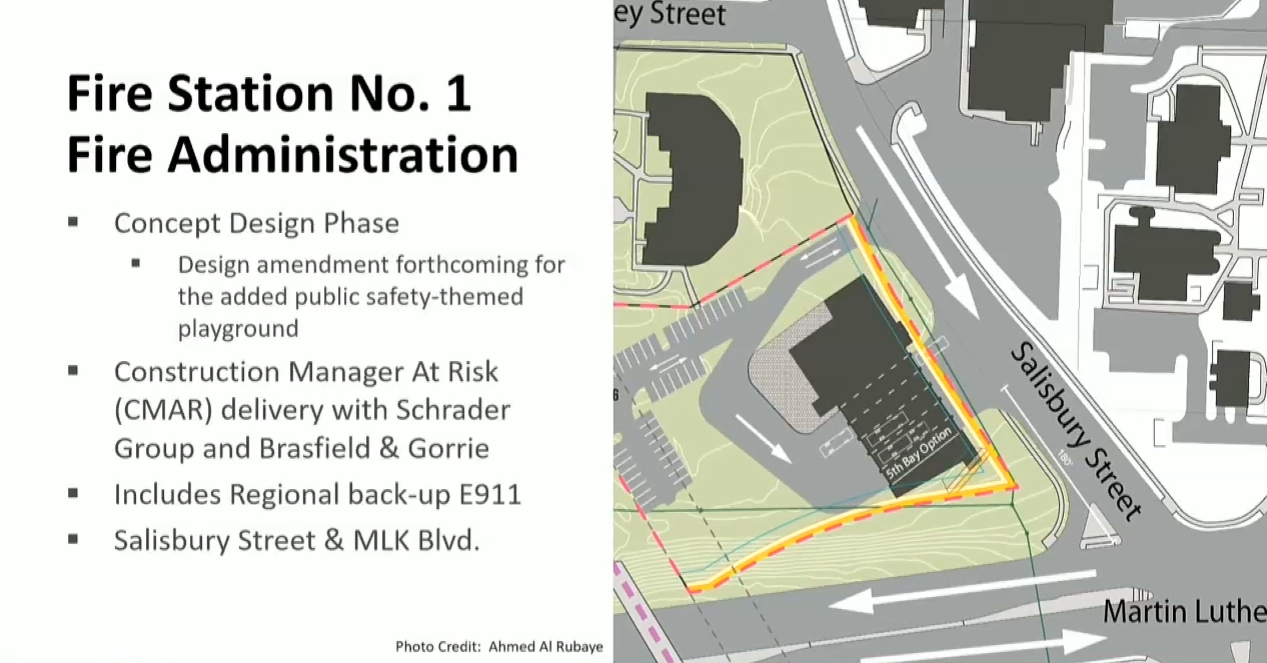
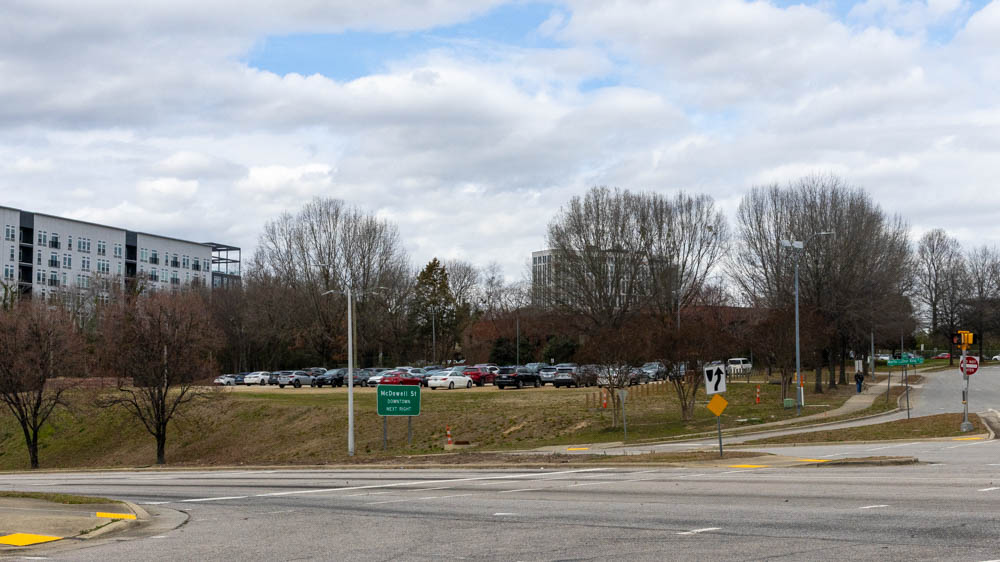 Project site – March 4, 2025
Project site – March 4, 2025